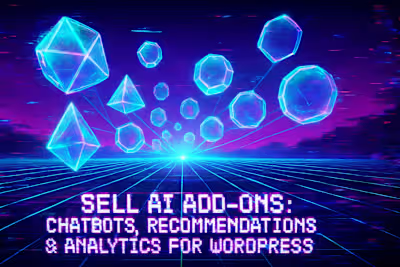Productize Your WordPress Services: The Freelancer's Guide to Predictable Income

Productize Your WordPress Services: The Freelancer's Guide to Predictable Income
What Are Productized Services?
The Key Benefits: Scalability, Predictable Income, and Easier Marketing
Why Clients Love Productized Services
How to Identify Your First Productized Service
Analyzing Your Most Profitable and Enjoyable Tasks
Starting Small: The Minimum Viable Product (MVP) Approach
Building Your WordPress Service Packages
Example Package 1: The 'Website Starter'
Example Package 2: The 'E-commerce Launchpad'
Example Package 3: The 'Monthly Care Plan'
Pricing and Marketing Your New Packages
References
Productize Your WordPress Services: The Freelancer's Guide to Predictable Income
What Are Productized Services?
The Key Benefits: Scalability, Predictable Income, and Easier Marketing
Why Clients Love Productized Services
How to Identify Your First Productized Service
Analyzing Your Most Profitable and Enjoyable Tasks
Starting Small: The Minimum Viable Product (MVP) Approach
Building Your WordPress Service Packages
Example Package 1: The 'Website Starter'
Example Package 2: The 'E-commerce Launchpad'
Example Package 3: The 'Monthly Care Plan'
Pricing and Marketing Your New Packages
References
Posted Jul 6, 2025
Stop trading time for money. Learn how to package your WordPress skills into productized services for scalable, predictable revenue and happier clients.








